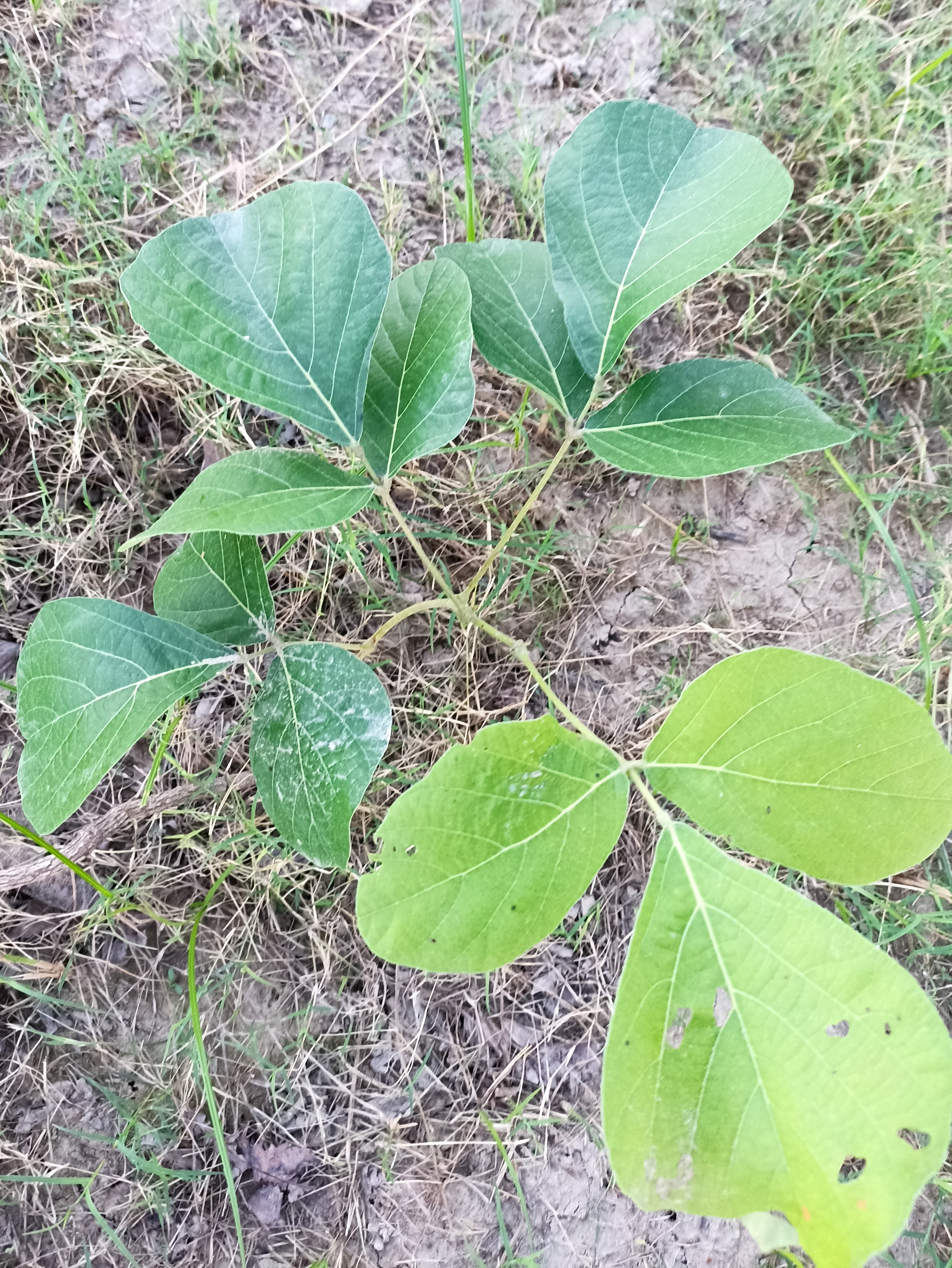Ehretia laevis
Species
Families
Local Names
Genus
Native/Introduced
DNA Barcode
Description
Ehretia laevis is a small tree belonging to the Boraginaceae or borage family.
It is native tree of Asia, and found in China, Bhutan, India, Pakistan, Laos, Myanmar, and Vietnam.
A small to medium sized tree up to 9 m tall. Young shoots and branches puberulous to glabrescent. Leaves 8-15 x 4.5-1.5 cm, suborbicular, obtuse to acute, minutely pubescent especially on undersurface, but becoming glabrescent, base rounded to cuneate or oblique. Petiole long. Flowers white, in axillary and terminal cymes, subsessile. Calyx ± 1.5 mm long, 5-partite, minutely rusty-tomentese. Lobes c. 1 mm long, ovate, acute. Corolla c. 5 mm long. Lobes ovate-lanceolate, c. 3 mm long, spreading. Filaments c. length of corolla, glabrous, lower half adnate; anthers 1.5 mm long. Styles 2-3 mm long, Stigma capitate. Ovary 2 mm long, ovoid. Drupe c. 3 mm long, black and wrinkled (When dry).
Distribution: Iran, Pakistan, Kashmir eastward to Burma and Hainan, Polynesia Indochina and Australia.
Ehretia laevis is a rare Indian medicinal plant used from ancient times. The plant is used for a variety of purposes, including ornaments, pot herbs, wood and stone dye, medicines, wines, and cosmetics. The inner bark of Ehretia laevis Roxb is used in the treatment of ulcers and headaches. Also useful in treatment for schizophrenia, absorption of calcium, muscle protein, post-surgery recovery, sports injuries, production of hormones, enzymes, antibodies. The plant has many uses that that many uses for different medicinal purposes. The fresh root is used in the treatment of syphilis, and the root is also used to treat diphtheria. Leaf powder mixed with sugar is divided into 10 equal doses. Each dose is taken daily along with goat milk curd to healing dysuria. The review focusing on the pharmacognostic parameters of E. Laevis and pharmacological uses.
The plant has many such chemicals which are useful in malignancy, obesity, blood sugar, cardiovascular diseases, blood pressure, and lipids, and muscle wasting to minimize the risk of viral infection because maximum death in COVID-19 is associated with secondary complications. The plant has the property to fight infections of fungus and bacteria which may associate with viral infections. This herbal plant has chemicals that have a very good effect on neural diseases like brain ischemia, and useful for the promotion of neural crest cell survival, sedative, anticonvulsant, anti-Alzheimer, Antiseizure, antidepressant, stroke. The plant has thyroid uptake promotion property which will be useful for thyroid patients. Anticoagulant, the antiplatelet property is useful in old age patients and bedridden patients, also this will reduce the risk in heart patients. Beneficial chemicals to treat the peptic ulcer and cataract are available in this plant. This will help with the prevention of diseases. The plant contains Lysine which reduces the recurrence, severity, and healing period of herpes simplex virus infections hence can be used in other viral infections. Also, this is useful in treatment for schizophrenia, absorption of calcium, muscle protein, post-surgery recovery, sports injuries, and production of hormones, enzymes, antibodies, osteoporosis, anxiety, and disturbances of mood, migraine, and Alzheimer’ s dementia, loss of hairs, shingles, malignancy, heart diseases, and aging. To protect other organs from infection or for maintenance of proper health by its gastro & hepatoprotective, anti-pancreatitis, anxiolytic, anti-diabetic & hypolipidemic effects are very usefull.









































































































































